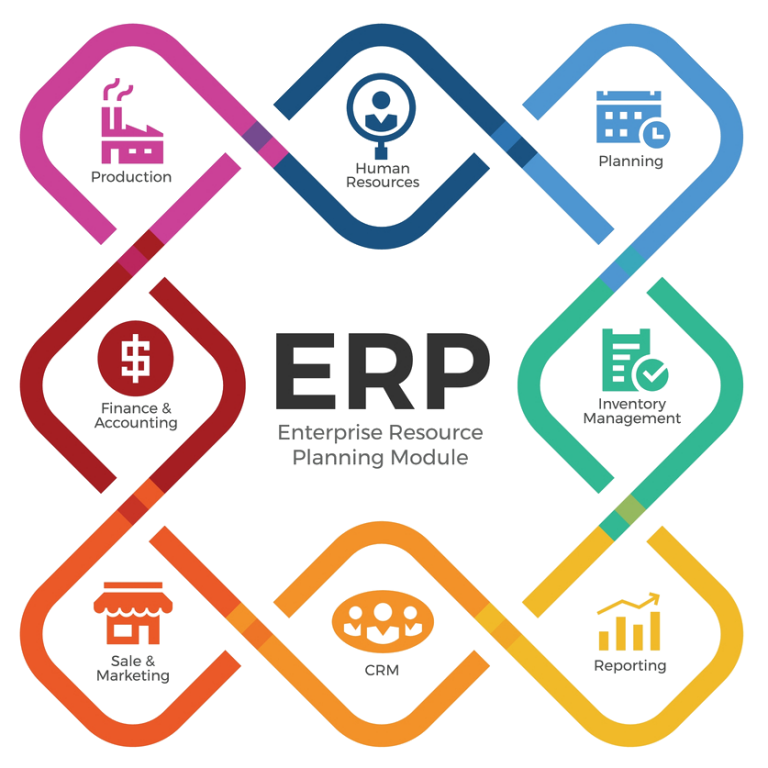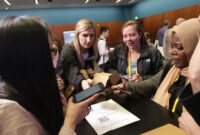Applications of enterprise resource planning are transforming the way businesses operate, enhancing efficiency, and streamlining processes. In today’s fast-paced business environment, organizations increasingly rely on ERP systems to integrate core functions such as finance, human resources, and supply chain management. These systems facilitate better decision-making, foster collaboration, and ultimately drive growth while responding to the dynamic market demands.
The significance of ERP applications extends beyond mere automation; they provide a comprehensive framework that unifies data across various departments. This not only enhances productivity but also improves the accuracy of information, enabling companies to respond swiftly to challenges and opportunities. With the rise of digital transformation, understanding the full scope of ERP applications is essential for businesses aiming to stay competitive.
In today’s fast-paced digital world, where information is the currency of our interactions, understanding the nuances of effective communication is more critical than ever. From the way we present ourselves in professional settings to the casual exchanges we have with friends, the art of communication significantly affects our relationships and opportunities. The importance of language, tone, and body language can never be overstated.
Each element plays a pivotal role in how our messages are received. For instance, did you know that non-verbal cues can account for up to 93% of communication effectiveness? This statistic highlights the necessity of being aware of our body language, facial expressions, and eye contact during conversations. It’s essential to remember that what we say may only constitute a fraction of our overall message.To communicate effectively, one must also consider the audience.
Tailoring language to suit the listener’s expectations and understanding creates a bridge that fosters clearer communication. For instance, when speaking to a group of experts in a specific field, using industry jargon can enhance credibility and rapport. Conversely, when addressing a broader audience, it is crucial to simplify complex terms and concepts to avoid confusion.Moreover, active listening plays an integral role in effective communication.
It involves not just hearing the words spoken but also understanding the underlying meaning. Engaging in active listening demonstrates respect and interest in the speaker’s perspective, which can lead to more fruitful discussions. Techniques such as nodding, asking clarifying questions, and paraphrasing what has been said are excellent ways to show you’re engaged in the conversation.Another essential aspect of communication is clarity.
Clear articulation of thoughts ensures that the message is conveyed without ambiguity. This means avoiding overly complex sentences and being concise. A good practice is to focus on one idea at a time, allowing the listener to absorb the information before moving on to the next point. Using examples or analogies can also aid in making abstract ideas more relatable and understandable.Additionally, the context in which communication takes place can greatly influence its effectiveness.

Whether the conversation is formal or informal, the setting can dictate the tone and style of communication. For instance, a business meeting typically calls for a more structured and formal approach, while a casual catch-up with friends permits a relaxed and friendly tone. Recognizing the context helps in adjusting your communication style accordingly.In the digital age, written communication has become ubiquitous.
Emails, texts, and social media posts are now primary modes of communication. Therefore, honing writing skills is equally important. This includes understanding proper etiquette in email correspondence, such as using a clear subject line, addressing recipients appropriately, and being mindful of grammar and spelling. A well-crafted message can create a lasting impression and reflect professionalism.Moreover, the rise of remote work has transformed how we communicate.
Virtual meetings have become the norm, necessitating a different approach to maintaining engagement. Ensuring that everyone feels included during video calls and using tools like screen sharing can facilitate better interaction. It’s also vital to be aware of technical glitches that can disrupt communication, so preparing ahead of time can help ensure smooth sailing.Feedback is another crucial component of effective communication.
It’s essential to create an environment where constructive criticism is welcomed and valued. This fosters an atmosphere of growth and learning. Providing feedback should be done thoughtfully, focusing on specific behaviors rather than personal attributes. Similarly, being open to receiving feedback can enhance one’s ability to communicate better in the future.In the realm of conflict resolution, effective communication skills are paramount.
Often, misunderstandings arise from poor communication, leading to unnecessary tension. Approaching conflicts with a calm demeanor and a willingness to listen can help de-escalate situations. It’s important to express feelings and perspectives without placing blame, creating a space for collaborative problem-solving.Moreover, cultural awareness is increasingly essential in our diverse world. Understanding cultural differences in communication styles can significantly enhance interactions.
For instance, in some cultures, direct eye contact is a sign of confidence, while in others, it may be considered disrespectful. Being sensitive to these differences fosters respect and understanding among individuals from varying backgrounds.As we navigate our personal and professional lives, the ability to adapt our communication style to different scenarios will set us apart. Whether it’s in a formal presentation, a casual chat, or written correspondence, being mindful of how we communicate can lead to more successful interactions.
The key is to practice and remain open to learning and improving.In conclusion, effective communication is a multifaceted skill that requires attention to language, body language, context, and the audience. By honing our communication abilities, we enhance our relationships and open doors to a world of opportunities. Remember, whether you are speaking, listening, or writing, every interaction is a chance to connect, share ideas, and understand one another better.
So, let’s embrace the art of communication and strive to be better communicators in all aspects of our lives.


